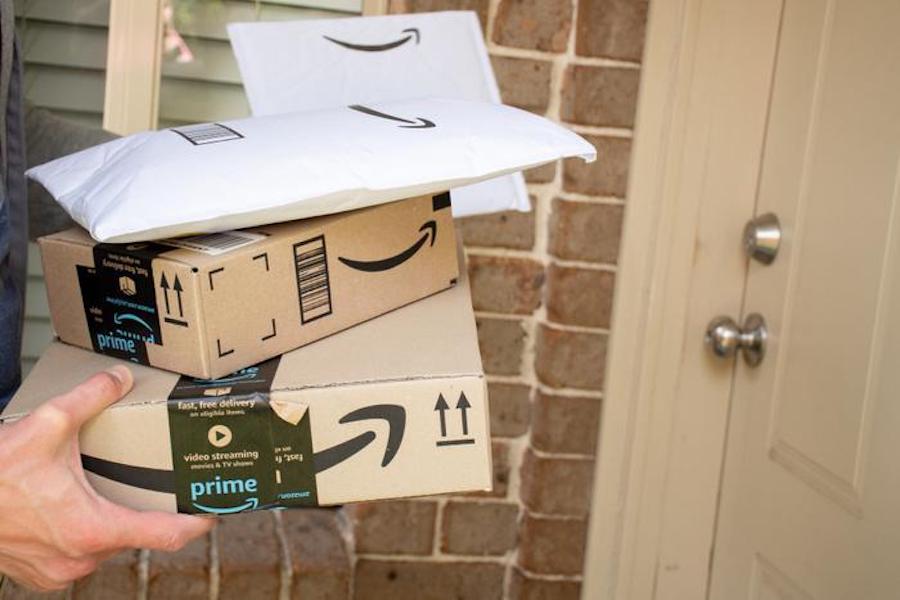 For a long time, with the proliferation of cell phones, the payphone has been mostly just a historical curiosity. For years now, they have actually been disappearing from New York City streets. Since January, some of them have been replaced by new public communication structures. Now, with a vote Tuesday by the Landmarks Preservation Commission, those structures will be headed to historic districts and other designated sites.
For a long time, with the proliferation of cell phones, the payphone has been mostly just a historical curiosity. For years now, they have actually been disappearing from New York City streets. Since January, some of them have been replaced by new public communication structures. Now, with a vote Tuesday by the Landmarks Preservation Commission, those structures will be headed to historic districts and other designated sites.
The structures are called LinkNYC, and are made by a consortium called CityBridge out in Long Island City. They emit a publicly-accessible Wi-Fi signal, have multiple charging ports, and have a screen on which free phone calls can be made and maps can be pulled up.
 Some of them have advertising on the side, with each ad lasting 15 seconds (with a one-second fade). Some of them do not have advertising. The content is mostly pure advertising sold via CityBridge. However, five percent of it is public service announcements or other non-advertising content.
Some of them have advertising on the side, with each ad lasting 15 seconds (with a one-second fade). Some of them do not have advertising. The content is mostly pure advertising sold via CityBridge. However, five percent of it is public service announcements or other non-advertising content.
The design, by Antenna Design, was approved by the Public Design Commission (PDC). The units with advertising measure 114-inches-tall by 11-inches-wide by 35-inches-deep at the top. The units without advertising measure 123-inches-tall by 11-inches-wide by 16-inches-deep at the top. Both types are shorter than a Citi Bike kiosk, which stands 180-inches-tall.
There will be special rules for the installation of these kiosks in historic districts and on other designated sites, rules that go beyond the PDC’s own rules. Any existing single phone booth may be replaced by a Link, but any newly-located kiosks must be approved by the LPC. Further, no Link may be installed within 100 feet of another.
Commissioners inquired about the possibility of more non-advertising content and shorter displays on kiosks located on designated sites, but were told it both conflicts with the business model and is technically unfeasible.
While not wild about that reply, the commissioners present Tuesday voted unanimously to approve rule allowing the structures’ construction. That vote followed a public hearing held in May, where several alternatives were proposed, including putting Wi-Fi transceivers in light poles.
Via New York Yimbly
Become a Harlem Insider!
By submitting this form, you are consenting to receive marketing emails from: Harlem World Magazine, 2521 1/2 west 42nd street, Los Angeles, CA, 90008, https://www.harlemworldmagazine.com. You can revoke your consent to receive emails at any time by using the SafeUnsubscribe® link, found at the bottom of every email. Emails are serviced by Constant Contact








